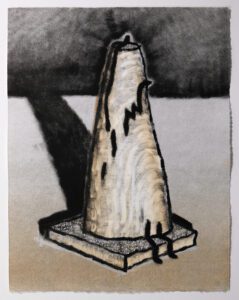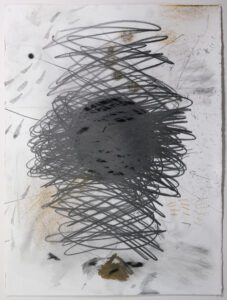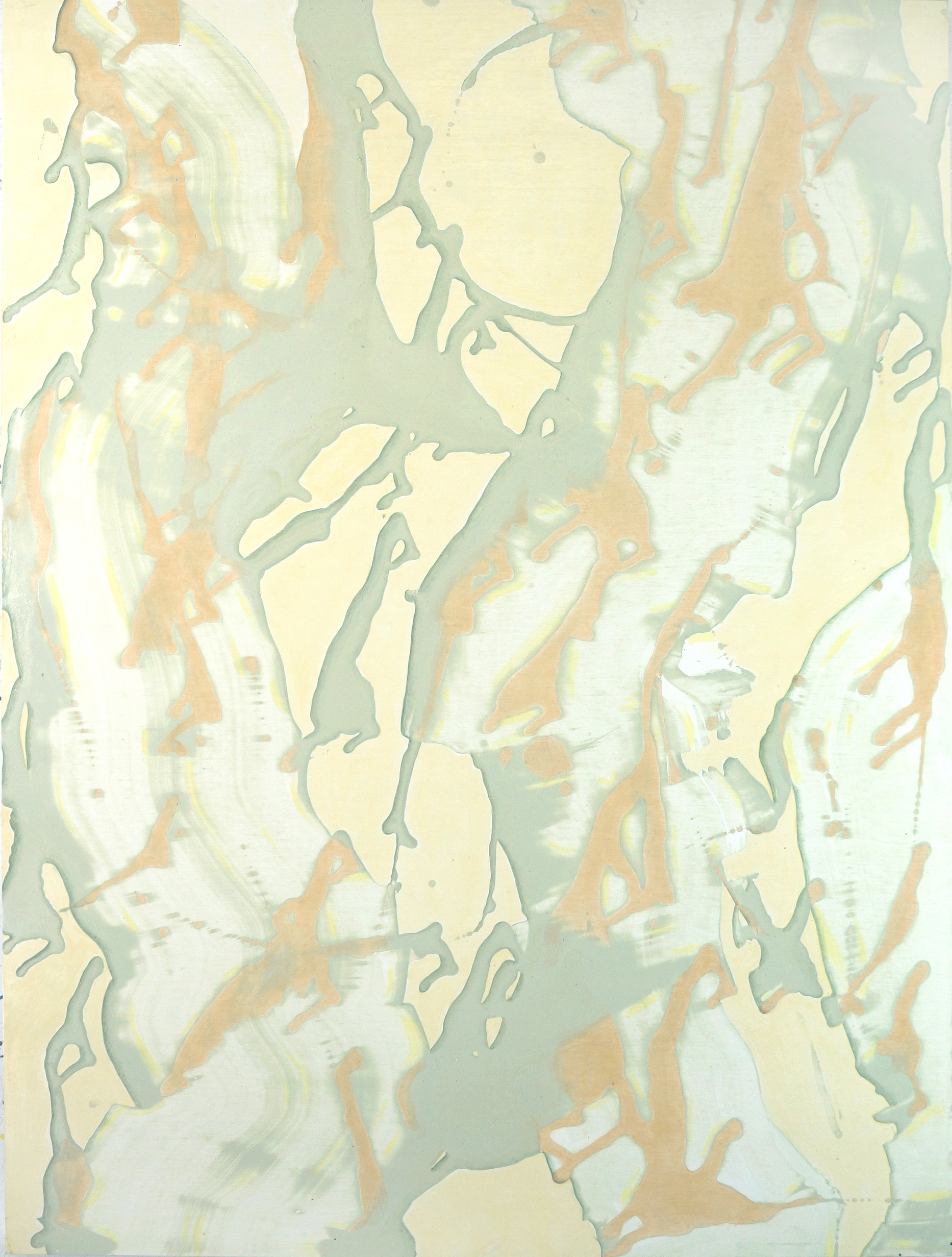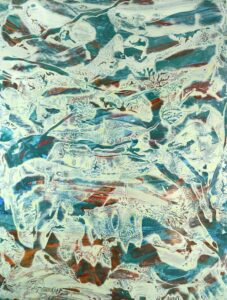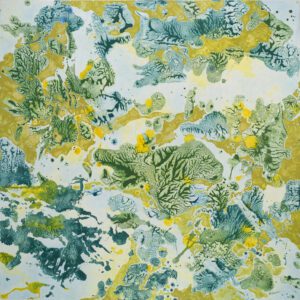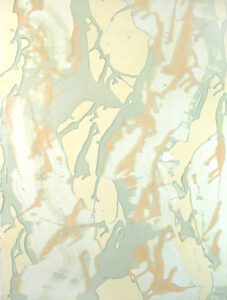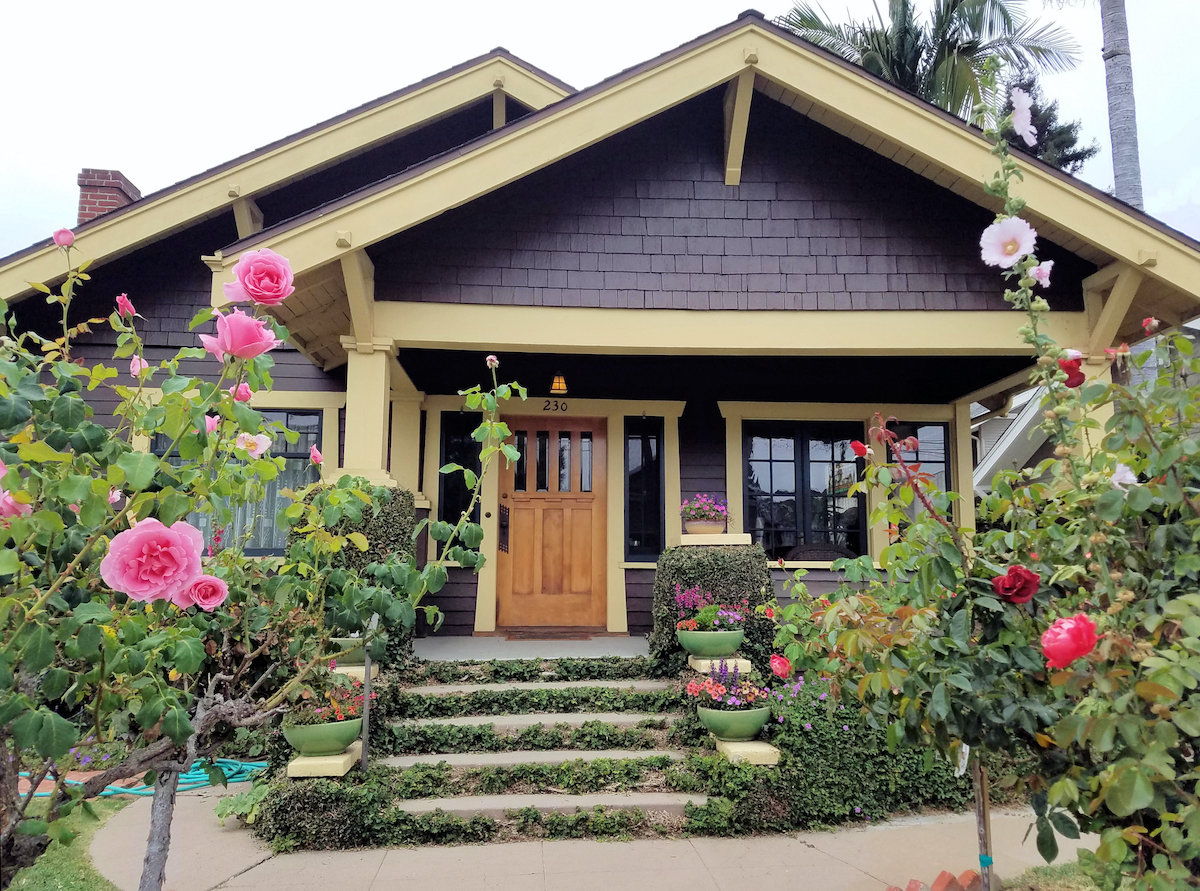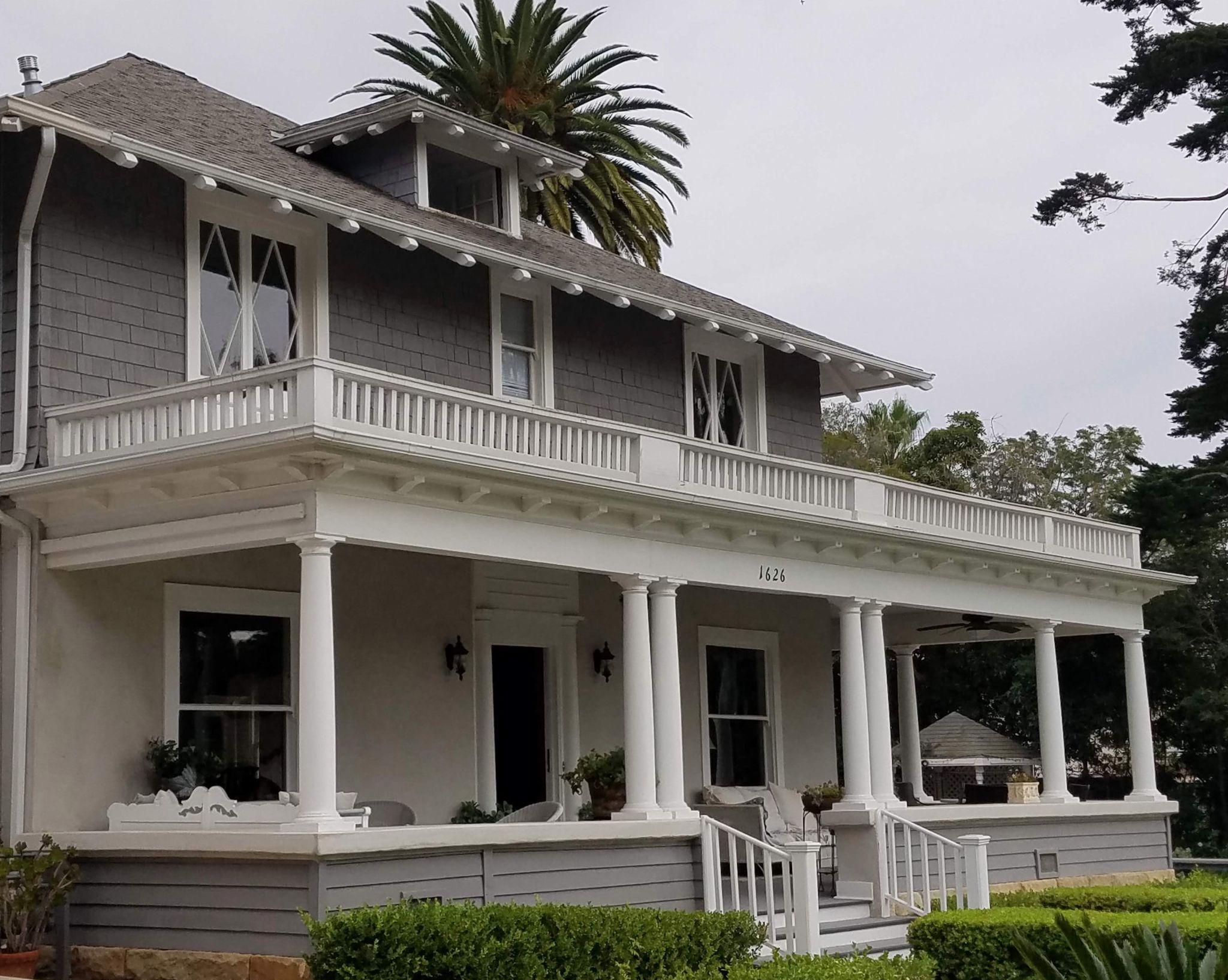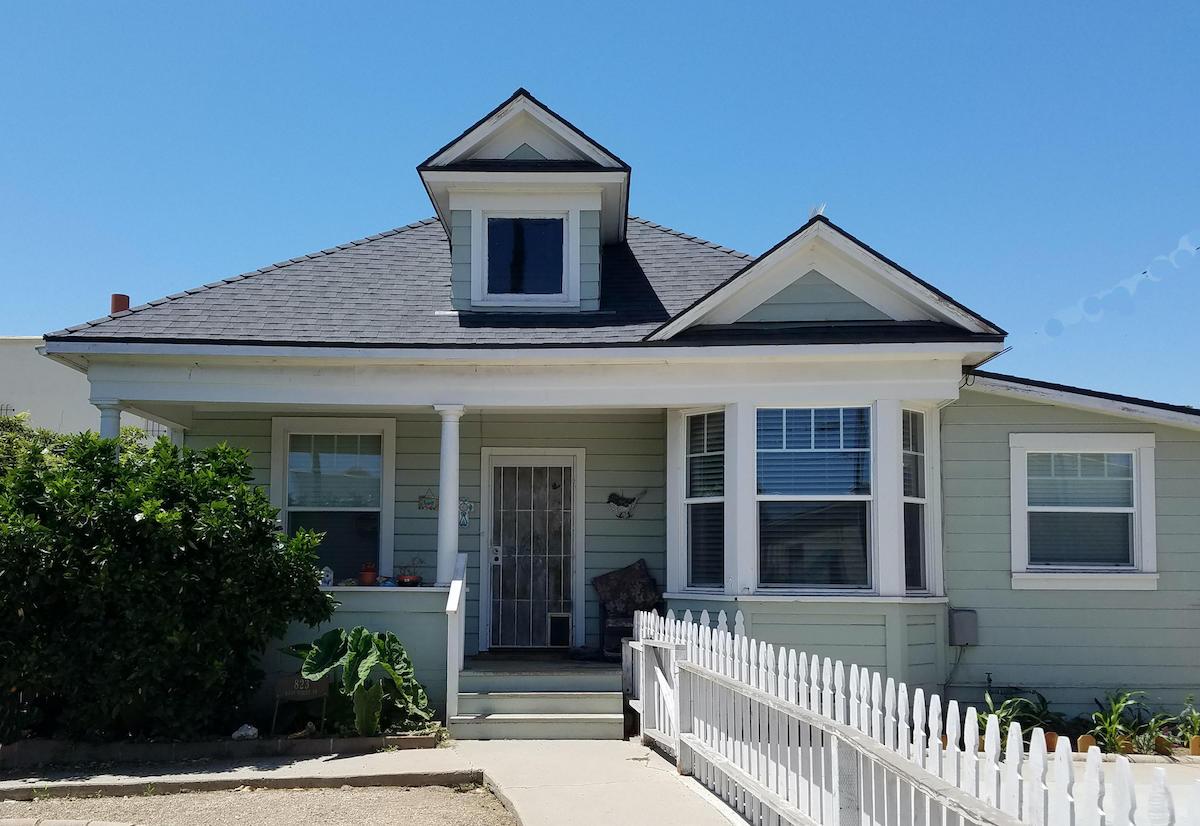Kids Draw Architecture Sketch Session at the Courthouse is back!
Join us on May 1st from 1-3pm at the Santa Barbara Courthouse on 1100 Anacapa Street to draw with local architects and artists, materials provided! We will also be accepting mailed in drawings of the Santa Barbara Courthouse through May 27th, 2022, more information below.




